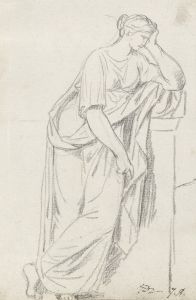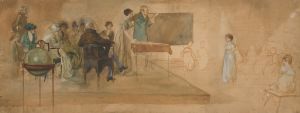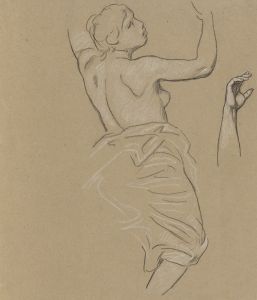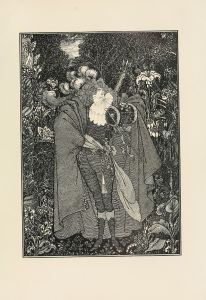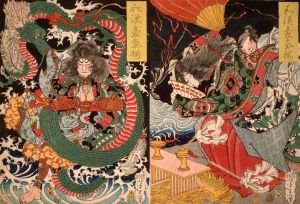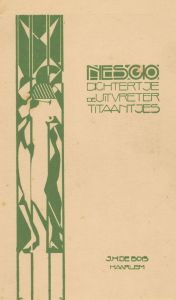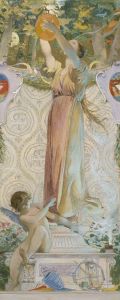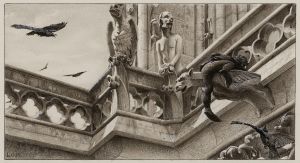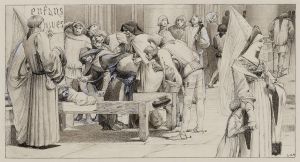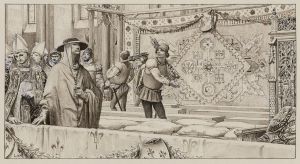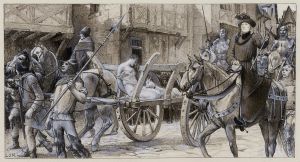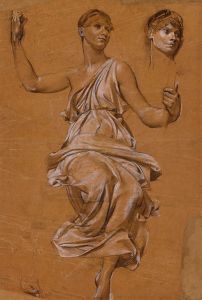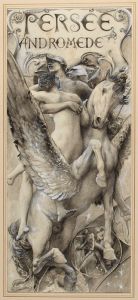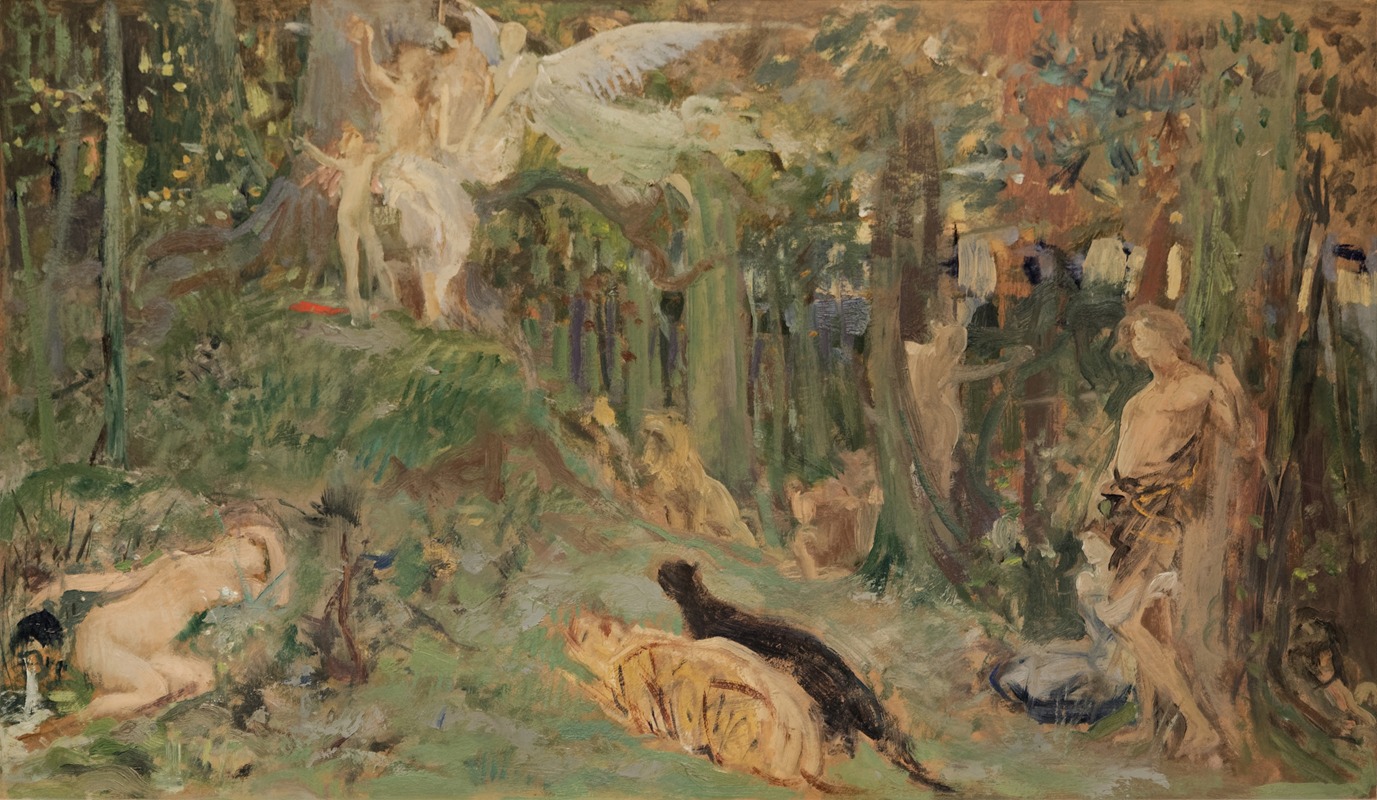
La poésie dans l’antiquité
A hand-painted replica of Luc-Olivier Merson’s masterpiece La poésie dans l’antiquité, meticulously crafted by professional artists to capture the true essence of the original. Each piece is created with museum-quality canvas and rare mineral pigments, carefully painted by experienced artists with delicate brushstrokes and rich, layered colors to perfectly recreate the texture of the original artwork. Unlike machine-printed reproductions, this hand-painted version brings the painting to life, infused with the artist’s emotions and skill in every stroke. Whether for personal collection or home decoration, it instantly elevates the artistic atmosphere of any space.
La poésie dans l’antiquité (Poetry in Antiquity) is a painting by the French artist Luc-Olivier Merson, who was known for his historical and allegorical works. Merson was born in Paris on May 21, 1846, and became a prominent figure in the French art scene during the late 19th and early 20th centuries. He studied at the École des Beaux-Arts under the tutelage of artists such as Isidore Pils and Gustave Chassevent. Merson's work is characterized by its meticulous attention to detail and its ability to convey complex themes through allegory and symbolism.
La poésie dans l’antiquité was created during a period when Merson was deeply engaged with themes from classical antiquity, a common subject among artists of the time who were influenced by the academic art tradition. This painting reflects Merson's interest in the cultural and intellectual achievements of ancient civilizations, particularly in how poetry and the arts were integral to their societies.
The painting itself is an allegorical representation of poetry in ancient times. It features figures that are likely intended to symbolize the muses or poets of antiquity, surrounded by elements that evoke the classical world. Merson's use of soft colors and delicate brushwork creates a dreamlike atmosphere, inviting viewers to reflect on the timeless nature of artistic expression.
Merson's work was well-received during his lifetime, and he was awarded several honors, including the prestigious Prix de Rome in 1869, which allowed him to study in Italy. This experience further deepened his appreciation for classical art and architecture, influences that are evident in La poésie dans l’antiquité. His ability to blend historical accuracy with imaginative interpretation made his paintings popular among both critics and the public.
In addition to his paintings, Merson was also known for his work in other artistic fields. He designed postage stamps, banknotes, and theatrical sets, showcasing his versatility as an artist. His contributions to the arts were recognized with numerous awards, including being named a Chevalier of the Legion of Honor in 1889.
La poésie dans l’antiquité is a testament to Merson's skill in capturing the essence of a bygone era while imbuing it with a sense of timeless beauty. The painting is a celebration of the enduring power of poetry and the arts, themes that resonate across cultures and centuries. Merson's work continues to be appreciated for its technical excellence and its ability to convey complex ideas through visual storytelling.
Today, Merson's paintings, including La poésie dans l’antiquité, are held in various collections and museums, where they continue to be studied and admired by art enthusiasts and scholars alike. His legacy as an artist who bridged the gap between historical accuracy and imaginative interpretation remains influential in the world of art.





